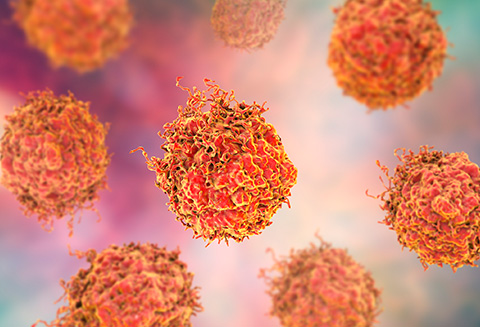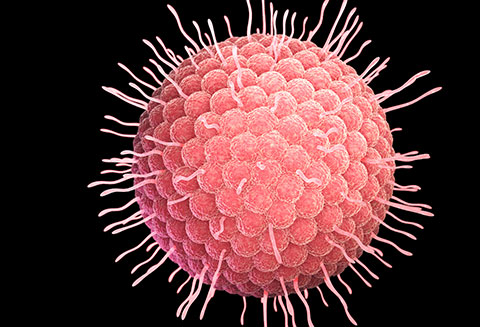Amazing stories: Rayana B

Twelve-year-old Rayana has big dreams for her future.
“I want to become a structural engineer when I grow up,” she says enthusiastically. “And I want to go to MIT.”
More articles from this issue
Just five years ago, the odds of the seventh-grader being able to fulfill her lofty goals were diminishing. Diagnosed with sickle cell disease when she was born, Rayana was getting sick, and her previous treatment wasn’t working.
“We were living in France when she was born. She was on medication, and she was fine,” says Fadima, Rayana’s mother. “When we came to the United States, she started getting sick within a few months.”
As Rayana’s health continued to deteriorate, her pediatrician recommended she see Dr. Monica Bhatia, a sickle cell transplant specialist at NewYork-Presbyterian Morgan Stanley Children’s Hospital.
“She was still getting sick. The doctors were giving her more and more blood transfusions. So her pediatrician finally said it was time for us to do the bone marrow transplant,” Fadima remembers.
Sickle cell disease is an inherited disorder of the red blood cells, which causes the red blood cells to have a sickle shape — like a crescent moon. Typically, the doughnut-shaped red blood cell moves through the bloodstream without issue. But the crescent-shaped red blood cells of a person with sickle cell disease gets stuck in blood vessels, preventing oxygen from getting to the body’s organs and tissue. The sickle cells also break down faster than normal blood cells, causing people with the condition to become anemic. Individuals with the disease often feel weak, get tired easily, have chronic pain, and can suffer from debilitating complications such as stroke or organ failure.
Rayana’s mother and father are both carriers of the sickle cell trait. As carriers of the sickle cell trait, Rayana’s parents could have another child with the disease, a child that is a trait carrier, or a child that does not have sickle cell and is not a trait carrier.
Cutting-edge treatment
Bone marrow transplantation — or hematopoietic stem cell transplant — is considered a cure for sickle cell disease. Stem cells are taken from the bone marrow of a donor who does not have sickle cell disease, though they can be trait carriers. The recipient’s bone marrow is destroyed by chemotherapy and replaced with the donor stem cells. The new stem cells make red blood cells that do not sickle.
Though this procedure has been around for decades, very few patients with sickle cell disease get a transplant. According to the National Institutes of Health, nine of 10 children with the disease cannot find a donor without sickle cell in their families.
Fortunately, for Rayana, her younger brother, three-year-old Majid did not have the disease and was a bone marrow match.
“My son and I did the test to see if we were a match the same day. I hoped I would be a match, but it was my son,” Fadima says. “He was not scared at all, which scared me. He knew he was doing it for his sister.”
For the next couple of months, the blood disorders team at NewYork-Presbyterian Morgan Stanley Children’s Hospital would slowly deplete the sickle red blood cells in Rayana’s body and replace them with the healthy red blood cells from Majid.
“I’m very, very appreciative. I owe Majid and NewYork-Presbyterian my life. I would still have sickle cell, and I might not be here anymore,” says Rayana.
Now sickle cell–free, Rayana is focusing on school and researching structural engineering. And Fadima is elated to have a healthy and rambunctious daughter.
“I don’t have a word to describe what this means for my family,” Fadima says. “Now, she can do whatever she wants. She can do whatever she wants!”
To learn more about the Sickle Cell Transplant Program at NewYork-Presbyterian Morgan Stanley Children’s Hospital, visit nyp.org/morganstanley. To find a pediatric specialist, call 1-800-245-KIDS (5437).






